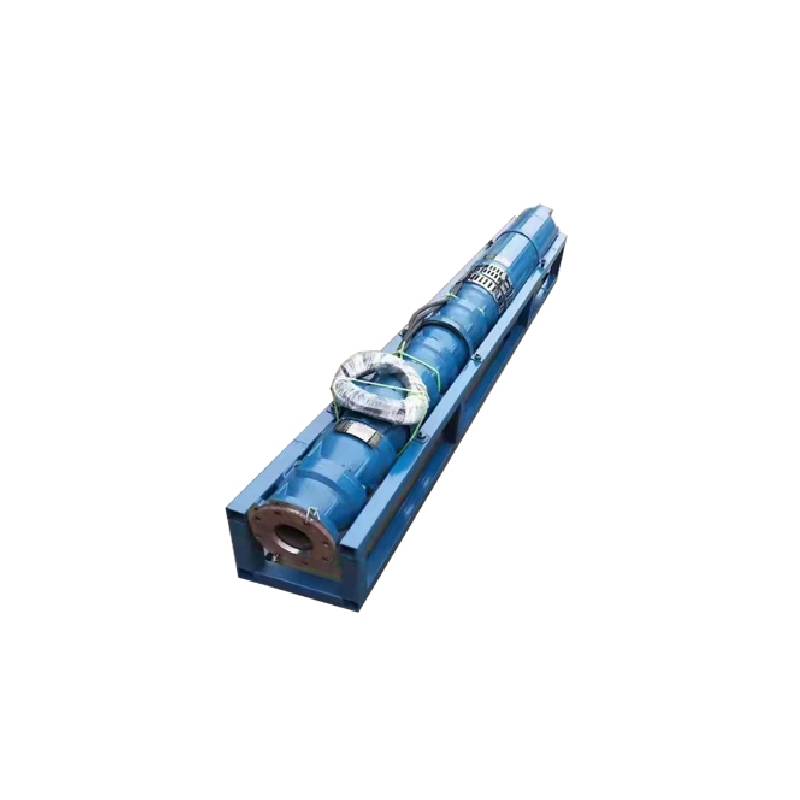Aug . 20, 2024 04:25 Back to list
Effective Solutions for Managing Dirty Water with Sump Pumps for Homeowners
Understanding Dirty Water Sump Pumps Essential Tools for Flood Control and Water Management
In the realm of home maintenance and water management, dirty water sump pumps play a vital role in preventing water damage and maintaining a dry, healthy environment. These pumps are specially designed to handle wastewater that contains debris, dirt, and other impurities, making them an essential component in areas prone to flooding or water accumulation, such as basements and crawl spaces.
Functionality of Dirty Water Sump Pumps
A dirty water sump pump operates by removing water from a sump basin or pit, typically located in the lowest part of a home. When heavy rainfalls or snowmelt occur, groundwater can seep into these areas, leading to potential flooding. Unlike clean water pumps, which manage clear water, dirty water pumps are engineered to handle water mixed with solids and organic materials up to a certain size (usually around 2 inches). This allows homeowners to not only remove standing water but also to address situations where the water is murky or contains sediment.
The pump is activated automatically via a float switch that rises with the water level. Once the water reaches a specified height, the float switch signals the pump to turn on, expelling the water through a discharge pipe. When the water level drops, the float switch deactivates the pump, stopping the operation until the next cycle is needed.
Importance in Flood Prevention and Maintenance
Dirty water sump pumps are particularly important in flood-prone regions. Without proper drainage, basements can quickly fill with water, leading to not just structural damage but also the growth of mold and mildew, which pose health risks to inhabitants. By installing a dirty water sump pump, homeowners can mitigate these dangers, ensuring that their living spaces remain dry and safe.
dirty water sump pump

Moreover, these pumps are not only limited to basement flooding scenarios. They can be used for managing water from washing machines, dishwashers, and even for draining water from pools or spas. This versatility makes them a practical choice for a variety of applications beyond flood control.
Choosing the Right Dirty Water Sump Pump
When selecting a dirty water sump pump, there are several factors to consider. First, it's crucial to assess the volume of water that may need to be pumped and the type of debris expected. Different pumps have varying capacities measured in gallons per minute (GPM) and can handle different maximum solid sizes.
Next, consider whether a submersible or pedestal pump is more suitable for your needs. Submersible pumps operate underwater and are ideal for spaces with minimal headroom, while pedestal pumps are mounted above the sump pit and are easier to service if necessary.
Additionally, look for features such as - Durability A pump made from corrosion-resistant materials can withstand the harsh conditions of dirty water. - Power Source Battery backup systems are an excellent investment, ensuring that the pump remains operational during power outages, which often coincide with heavy rainfall. - Noise Levels Some pumps can be quite noisy during operation, so consider sound ratings if noise is a concern.
Conclusion
In summary, dirty water sump pumps are indispensable tools for homeowners, particularly in areas at risk of flooding or water accumulation. By investing in a reliable dirty water sump pump, one can effectively manage water, prevent long-term damage, and ensure a safe and healthy environment. As with any home maintenance tool, regular checks and maintenance of the sump pump will prolong its life and effectiveness, securing peace of mind during rainy seasons or unexpected water events.
-
Submersible Water Pump: The Efficient 'Power Pioneer' of the Underwater World
NewsJul.01,2025
-
Submersible Pond Pump: The Hidden Guardian of Water Landscape Ecology
NewsJul.01,2025
-
Stainless Well Pump: A Reliable and Durable Pumping Main Force
NewsJul.01,2025
-
Stainless Steel Submersible Pump: An Efficient and Versatile Tool for Underwater Operations
NewsJul.01,2025
-
Deep Well Submersible Pump: An Efficient 'Sucker' of Groundwater Sources
NewsJul.01,2025
-
Deep Water Well Pump: An Efficient 'Sucker' of Groundwater Sources
NewsJul.01,2025
-
 Submersible Water Pump: The Efficient 'Power Pioneer' of the Underwater WorldIn the field of hydraulic equipment, the Submersible Water Pump has become the core equipment for underwater operations and water resource transportation due to its unique design and excellent performance.Detail
Submersible Water Pump: The Efficient 'Power Pioneer' of the Underwater WorldIn the field of hydraulic equipment, the Submersible Water Pump has become the core equipment for underwater operations and water resource transportation due to its unique design and excellent performance.Detail -
 Submersible Pond Pump: The Hidden Guardian of Water Landscape EcologyIn courtyard landscapes, ecological ponds, and even small-scale water conservancy projects, there is a silent yet indispensable equipment - the Submersible Pond Pump.Detail
Submersible Pond Pump: The Hidden Guardian of Water Landscape EcologyIn courtyard landscapes, ecological ponds, and even small-scale water conservancy projects, there is a silent yet indispensable equipment - the Submersible Pond Pump.Detail -
 Stainless Well Pump: A Reliable and Durable Pumping Main ForceIn the field of water resource transportation, Stainless Well Pump has become the core equipment for various pumping scenarios with its excellent performance and reliable quality.Detail
Stainless Well Pump: A Reliable and Durable Pumping Main ForceIn the field of water resource transportation, Stainless Well Pump has become the core equipment for various pumping scenarios with its excellent performance and reliable quality.Detail
